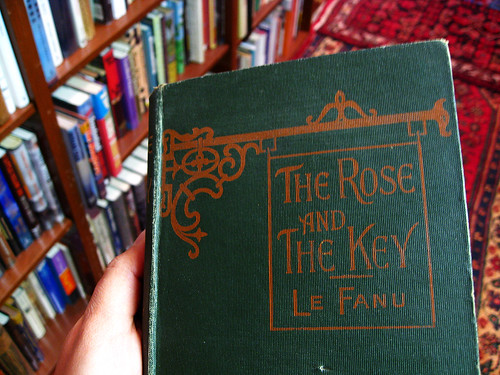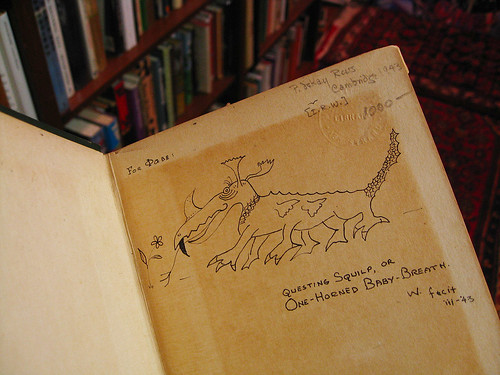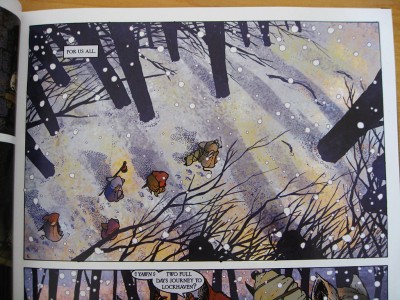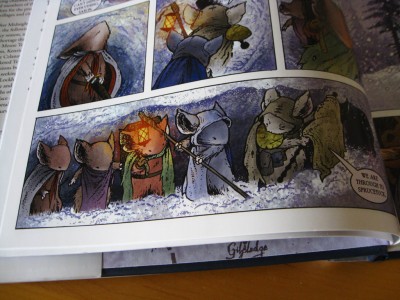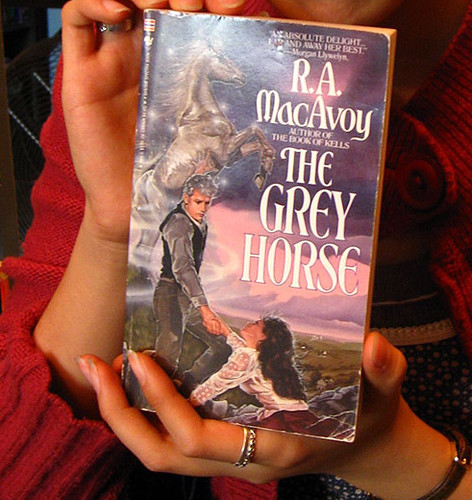And by eight, I mean news:
—–
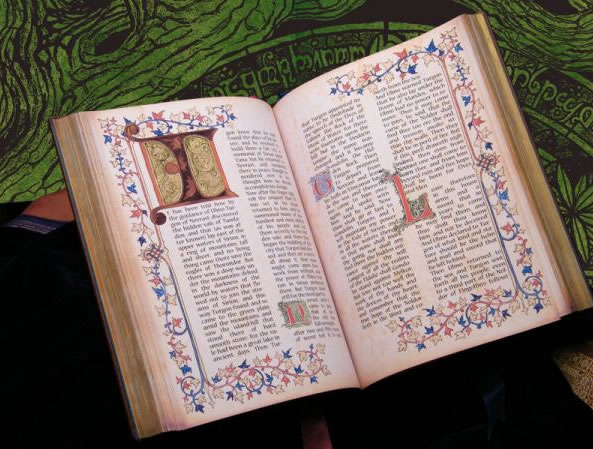
Ah–! Art Student Hand-Illuminates, Binds a Copy of the Silmarillion; Tolkien fans across the world experience heart palpitations.
Check here for an interview with the artist, and larger images of his gloriously detailed work.
—–
And some incredible (belatedly posted, here) news for fans of Peter S. Beagle’s The Last Unicorn. Since the release of the 1982 animated adaptation, Beagle had been denied payment of contractually due royalties for the film. At the beginning of August, Connor Cochran, Beagle’s business manager, sent this announcement:
“THE EIGHT-YEAR STRUGGLE FOR PETER’S LAST UNICORN RIGHTS IS OVER!
Really. No joke, no fooling. It’s over. And everybody won. […] For now suffice to say that Peter has signed an agreement with ITV that (a) ends the whole mishagosh in a way that is great for him, and (b) great for ITV, and (c) great for LAST UNICORN fans everywhere, since now all kinds of things are going to be possible that could never be done before.”
This is news that I’ve been waiting to hear for years.
I’d been exploratorily rereading bits from The Last Unicorn, lately – exploratorily because I know I’ve been growing out of a lot of things that used to fill my head and make me cry. We’re safe; TLU still makes me cry. (It probably helps that I still feel completely unironically about unicorns.) I sound a little flippant, but it’s a deeply beautiful, wise, and timeless book. I don’t like recommending it willy-nilly because I know unironic books about unicorns and mortality and love aren’t everyone’s thing (even though it is sometimes ironic, too! and meta!), but consider this my sideways plea for more people to read it.
Hey, “unironic” and “unicorn” are almost anagrams. Coincidence? I think not.
Go to:
Peter S. Beagle: bio and works reviewed
The Last Unicorn comic #1 (2010): review by Emera
The Last Unicorn comic #2 (2010): review by Emera

